Trump’s Other Big Fight Over Monuments
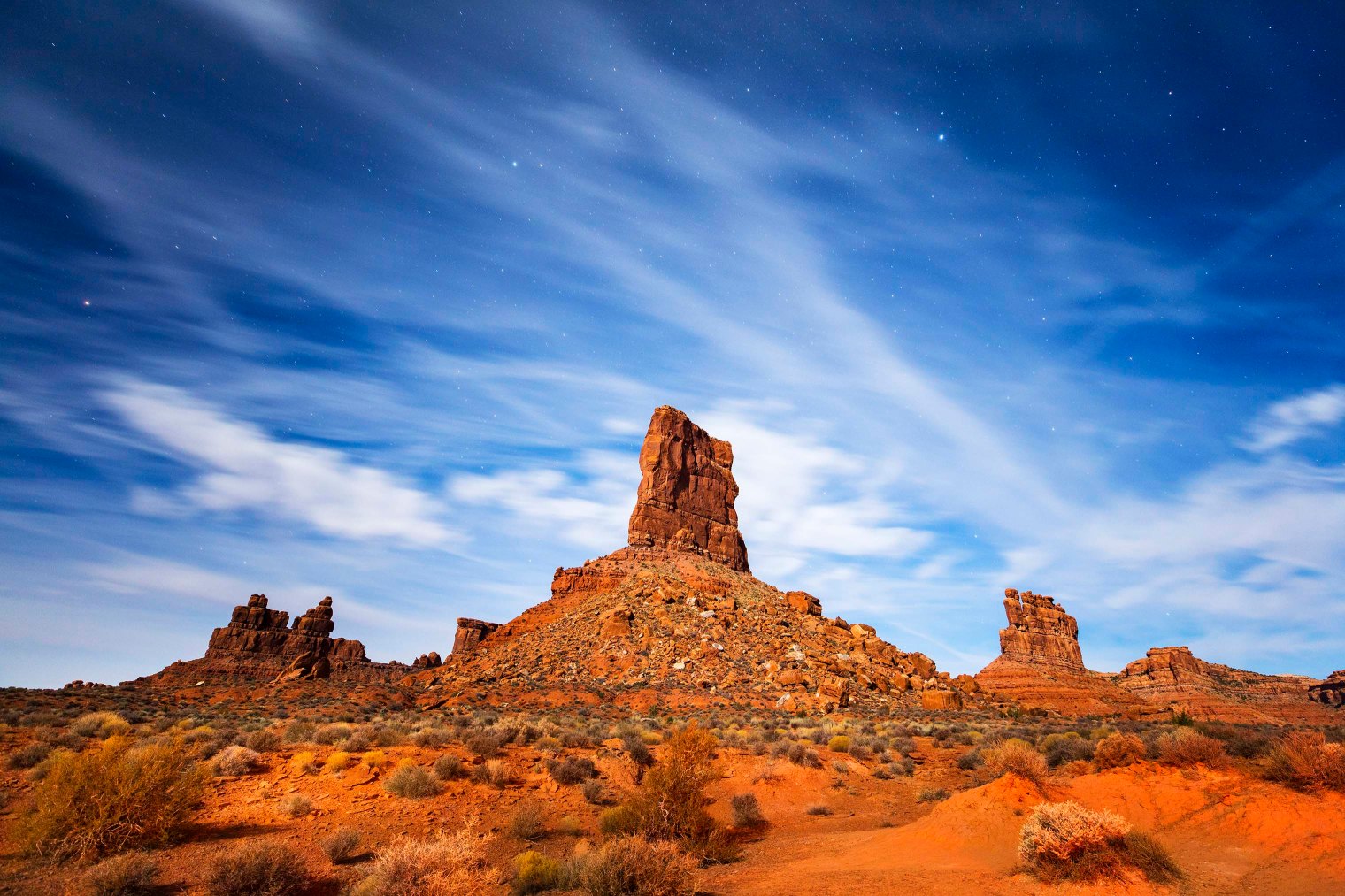 Valley of the Gods, part of the Bears Ears National Monument in Utah. Jim Lo Scalzo—EPA
Valley of the Gods, part of the Bears Ears National Monument in Utah. Jim Lo Scalzo—EPA
Inside the bitter clash over public space and private rights
Liza Doran walks past a rusty, bug-eyed Buick Super that sits in front of her trading post in southern Utah and reads from a sign erected by people in her tiny town of Bluff.
The proclamation—Proud Gateway to Bears Ears—seems fitting given its location amid red rocks soaring toward the sky. Yet just up the road in the same corner of the state, people in the not-quite-as-tiny town of Blanding put up a billboard with the opposite message: Rescind Bears Ears.
“They feel like they’re being told what to do by the feds—that’s the mentality of the folks in Blanding,” Doran says, summing up years of dispute over a vast patch of land that Barack Obama proclaimed a national monument during his final weeks in office. “But this kind of place doesn’t exist anywhere else.”
Bears Ears, an expanse of more than 1.3 million acres named for two buttes that rise above a ruddy plateau long sacred to Native American tribes, is one of 27 national monuments that Donald Trump has put under review, which may result in some of them being shrunk or abolished altogether. That means the unprecedented audit, which is being overseen by Interior Secretary Ryan Zinke, could lead Trump to undo the handiwork of his predecessors in a way that no President has since they began designating national monuments more than a century ago.
“The previous Administration used a 100-year-old law known as the Antiquities Act to unilaterally put millions of acres of land and water under strict federal control,” Trump said in announcing the review in April, which covers large monuments that have been designated since 1996. More than half of the sites in question were created or expanded by Obama, actions that Trump described as a “massive federal land grab” that “never should have happened.”
With that, the 45th President started a new chapter in a bitter dispute that has been brewing since 1906, when Teddy Roosevelt first used the Antiquities Act to protect a monolithic rock in Wyoming called Devils Tower. He ultimately declared 18 national monuments, which legally must contain objects of “historic or scientific” interest, limiting development in places like Northern California’s Muir Woods and South Dakota’s Jewel Cave.
Since then, Presidents from both parties have declared 157 national monuments, covering everything from a battle-field in Montana to an African burial site in downtown Manhattan. These designations, however, often come with restrictions that cut to the heart of the nation’s foundational tension over public space, private rights and the role of the federal government.
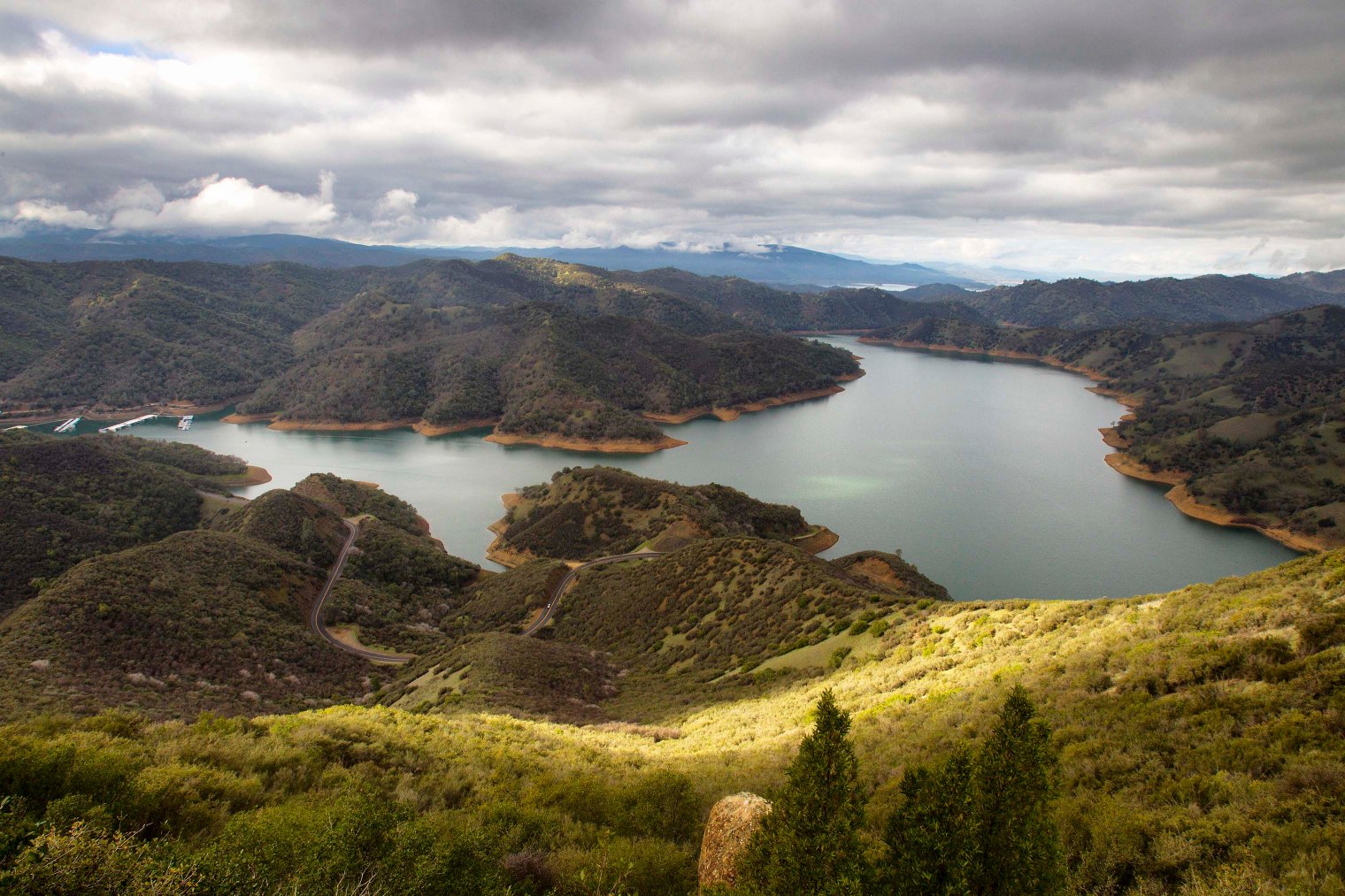 Berryessa Snow Mountain, California. Allen J. Schaben—Los Angeles Times/Getty Images
Berryessa Snow Mountain, California. Allen J. Schaben—Los Angeles Times/Getty Images
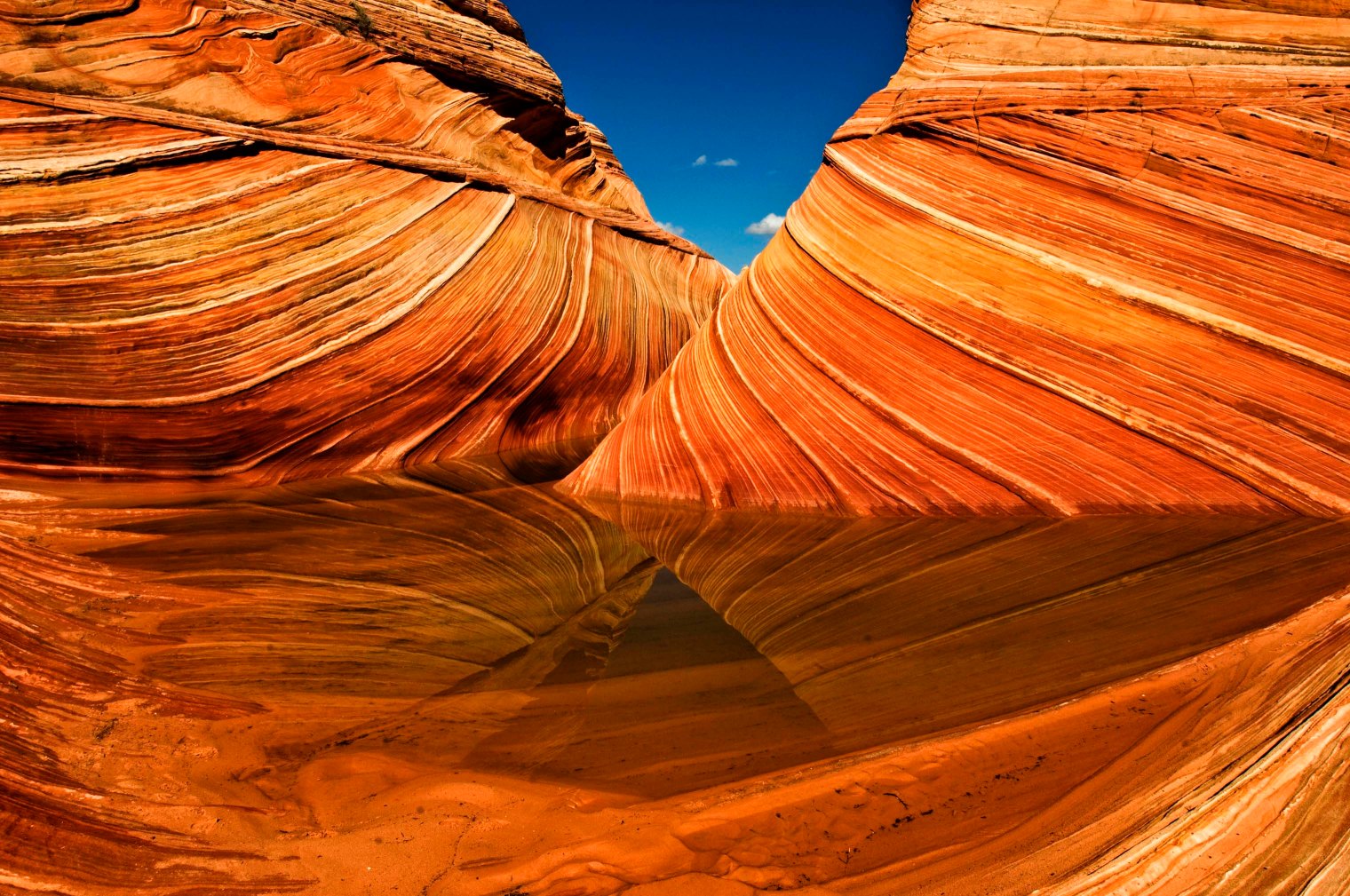 Vermillion Cliffs, Arizona. UIG/Getty Images
Vermillion Cliffs, Arizona. UIG/Getty Images
To many supporters, national monuments preserve the nation’s most important—and potentially threatened—places as public lands, ensuring that they can be used for scientific exploration, historical research and recreation. Designations also help lure travelers, a boon to local tourism.
Opponents take a different view, one that aligns more closely with Trump’s remarks: that designating monuments is a way of stripping control from locals, sometimes blocking them from using the land for lucrative industries such as drilling and logging. That perspective is especially prominent in the West, where the federal government owns huge tracts of land—it controls nearly two-thirds of Utah, compared with 1% of Illinois—that residents would rather control themselves. “Local people know how to manage their land better than some -bureaucrat sitting in Washington,” says Joe Lyman, the owner of a pottery shop in Blanding who opposes Bears Ears.
Zinke, a former Republican Congress-man from Montana who is fond of calling himself “a Teddy Roosevelt guy,” has been traversing the contested monuments by horseback and canoe as he weighs his recommendations. People across the country have sought to shape his thinking with more than a million letters and public comments. The Secretary is due to deliver a full report to Trump in late August. But he has already said that Bears Ears should be downsized—a view shared by Utah’s conservative governor and congressional delegation.
Environmental groups, meanwhile, have vowed to sue if Trump moves to do that. “An attack on one monument is an attack on all,” says Heidi McIntosh, an attorney with the organization Earthjustice, which has promised to bring a lawsuit if Bears Ears’ boundaries are altered. The monument’s defenders also include corporations like Patagonia, which led a charge to move the nation’s leading outdoor retail trade show from its longtime home in Salt Lake City because of state leaders’ stance on Bears Ears.
Although experts disagree about how much power Trump has to undo the actions of previous Presidents, both sides expect the matter to be tested in court. Hanging in the balance is the fate of land and sea that some value for future yields and others treasure for its ties to the past.
“We don’t want the land to be de-stroyed,” says James Adakai, a member of the Navajo Nation who lives across the river from Bears Ears, where Native Americans have held ceremonies and gathered herbs for centuries. “It’s like saying, ‘Let’s shrink Mount Rushmore.’”
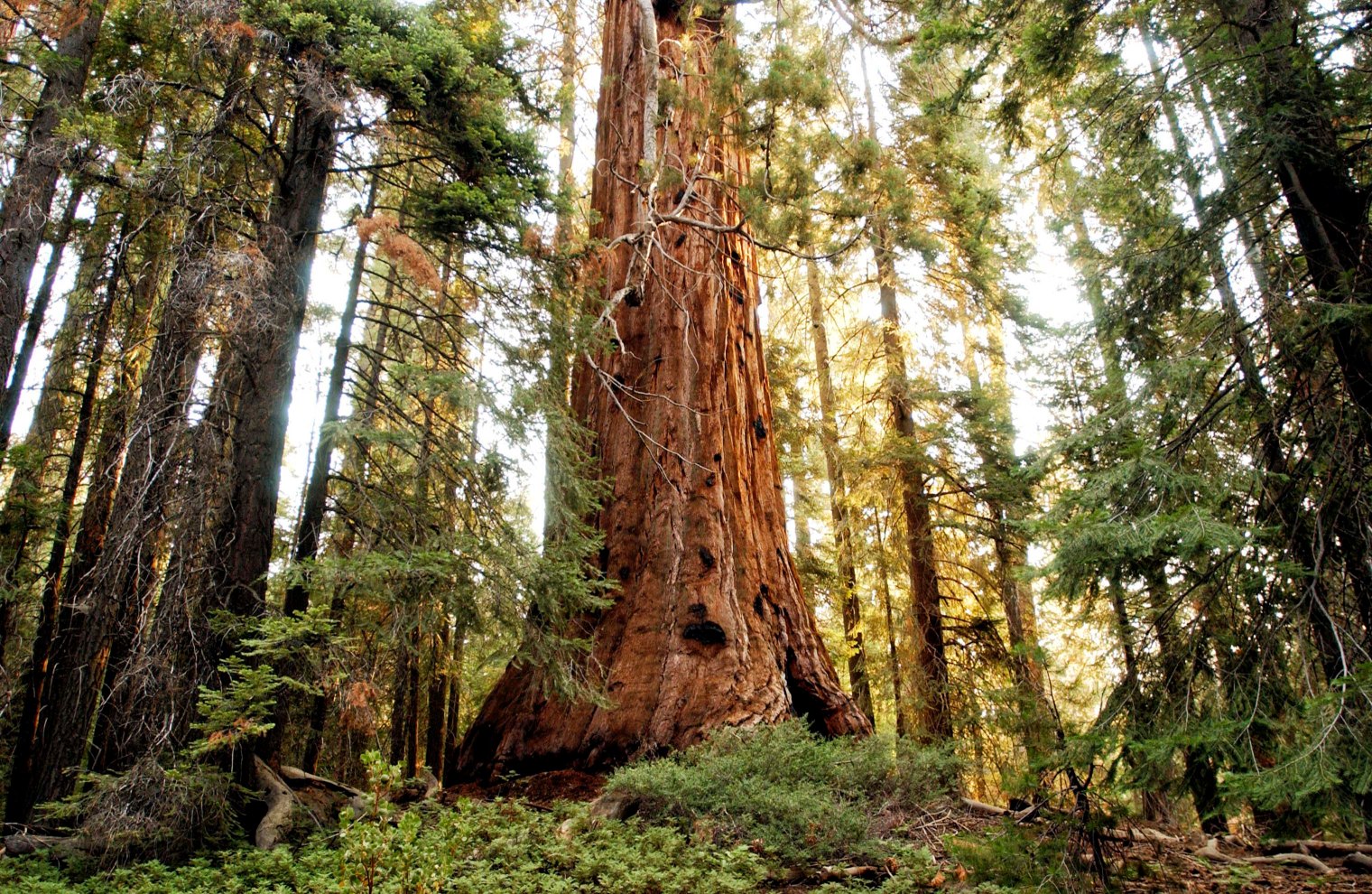 A sequoia tree, Trail of the 100 Giants, California. David McNew—Getty Images
A sequoia tree, Trail of the 100 Giants, California. David McNew—Getty Images
It’s not quite accurate to call a monument designation a “land grab,” because Presidents can only anoint places that the federal government already owns or controls. (It requires an act of Congress to create a national park.) The resentment largely comes from new rules that may follow, from bans on building new roads to no longer allowing mining to barring ATVs. “The people who have this in their backyard feel like nobody listens to us,” Utah Governor Gary Herbert tells TIME.
Ranchers in the Bears Ears area, for instance, fret that the federal government may eventually ban cattle grazing inside the monument’s boundaries, land they depend on to feed their herds. Such enterprises are “very hardscrabble,” says Chris Mehl of Headwaters Economics, a Montana-based research firm. “It’s profitable, but there’s a tight margin, and unlike in the East, the federal government plays a huge role in that.”
The frustration is not limited to the West, however. In Maine, Governor Paul LePage accused Obama of ignoring local opposition last year when the former President proclaimed an area of dense forests and trout-filled streams to be Katahdin Woods and Waters National Monument. The Republican governor has refused to put up signs that would help direct visitors there.
The land was donated by Burt’s Bees co-founder Roxanne Quimby with the under-standing that Obama would preserve it, says her son Lucas St. Clair. “You can look in every direction and all you see is trees,” he says. “It’s a rare thing.” Many locals are hopeful that the monument designation will benefit the area. Others prefer things the way they were. “It’s a vanity park,” says Bob Meyers, executive director of the Maine Snowmobile Association, lamenting a streamside trail that he can no longer ride.
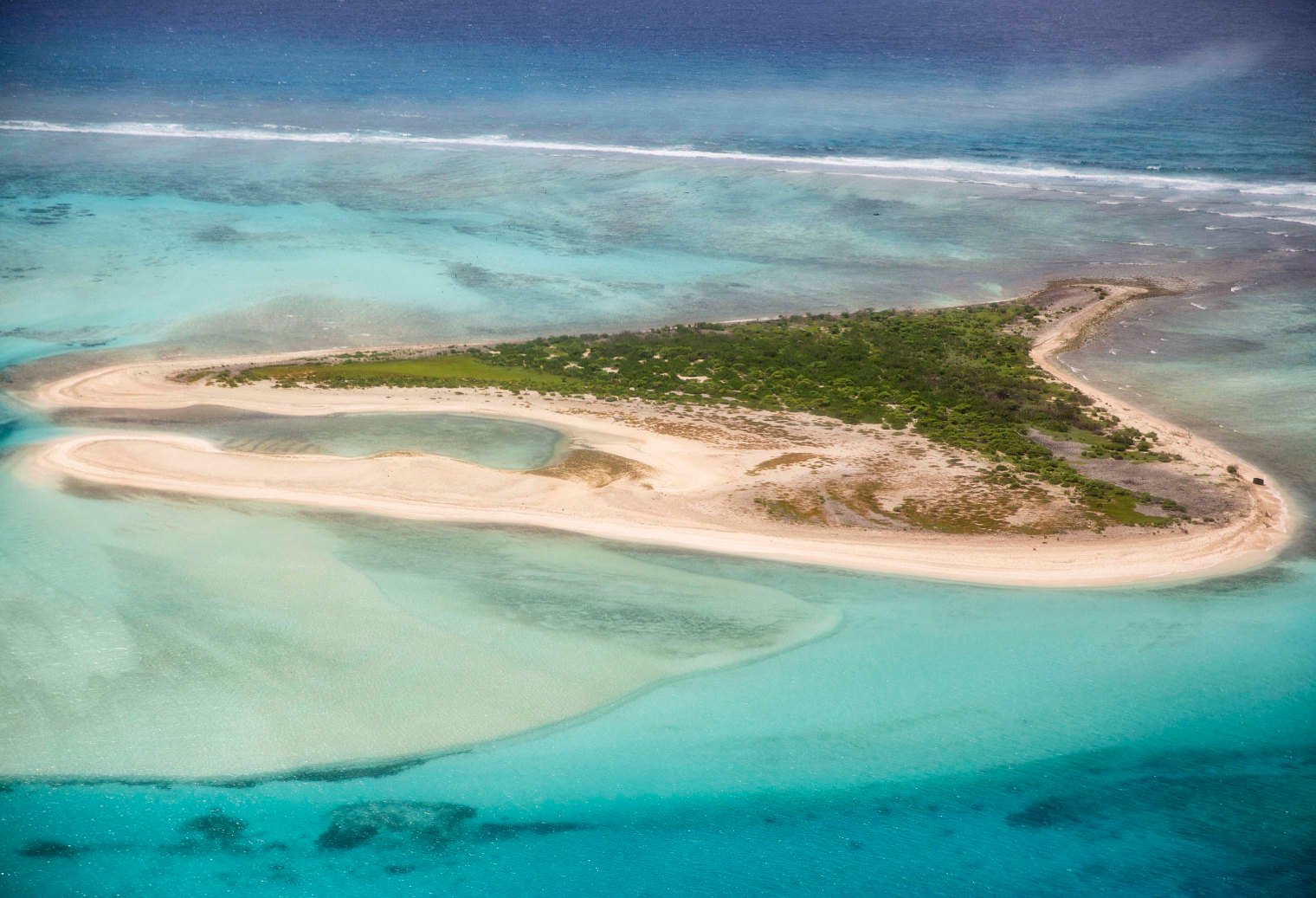 Papahanaumokuakea Marine, Hawaii. Carolyn Kaster—AP
Papahanaumokuakea Marine, Hawaii. Carolyn Kaster—AP
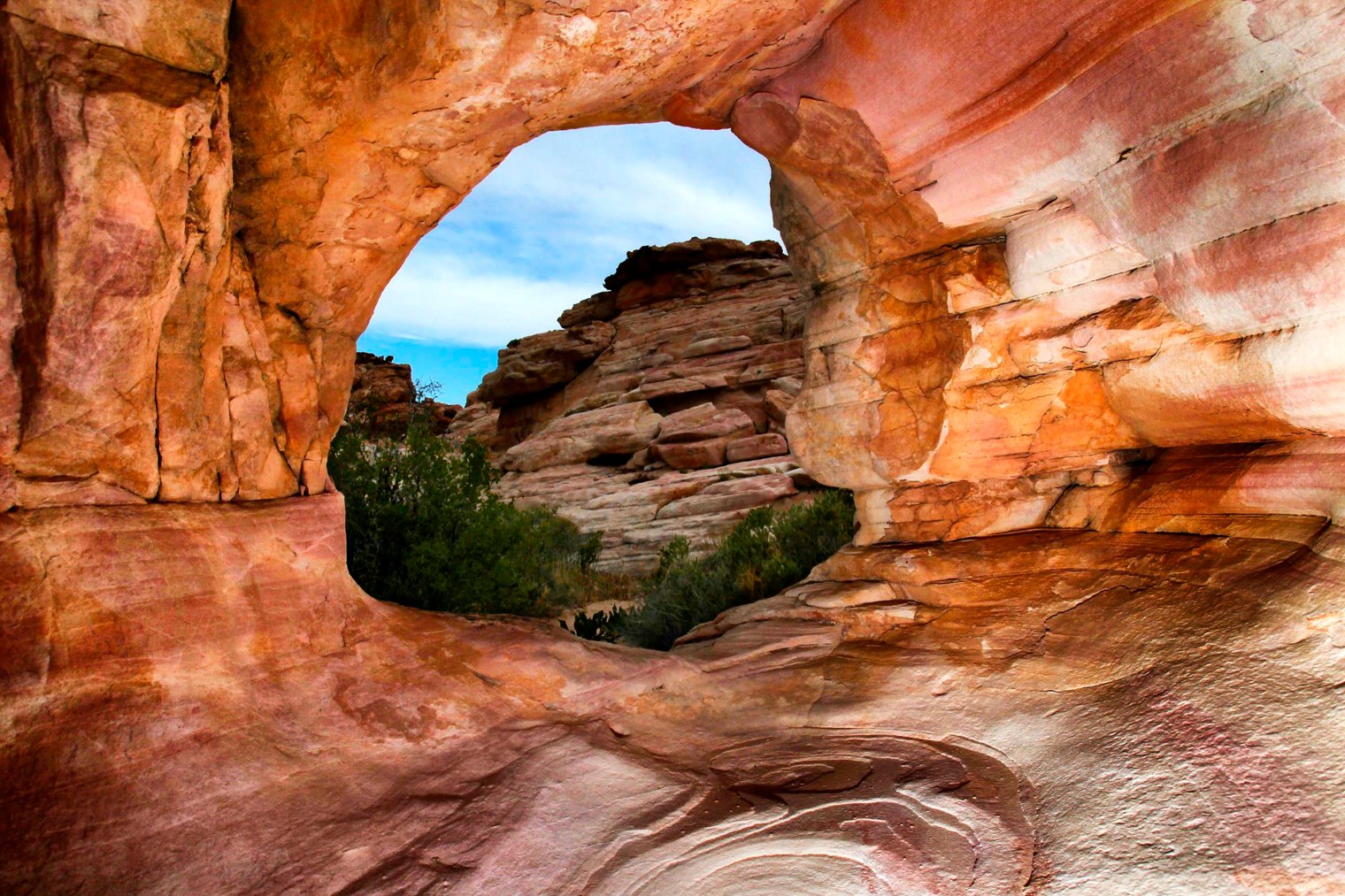 Gold Butte, Nevada. Jeff Scheid—Las Vegas Review-Journal/AP
Gold Butte, Nevada. Jeff Scheid—Las Vegas Review-Journal/AP
In Oregon, an organization represent-ing timber mills has sued over Obama’s expansion of Cascade-Siskiyou National Monument, a hub of biodiversity that sits at the crux of converging ecosystems. Critics argue that the action effectively banned logging on lands that Congress designated for timber production decades ago, depriving county governments of revenue they need for libraries and mental-health services. “We’re very dependent on timber dollars,” says Tim Freeman, a commissioner in Douglas County.
Conservationists are concerned for animal habitats. When Zinke visited in July, hundreds of monument supporters greeted him with signs bearing messages like, What Would Teddy Do?
The fight over America’s national monuments even extends to the sea. In waters around Hawaii, Obama quadrupled the size of Papahanaumokuakea, a marine monument that was established by George W. Bush. The move banned commercial fishermen from the area; now some are hoping the review might lead to exemptions. “It’s lost fishing grounds,” says Caleb McMahan of -Hawaiian Fresh Seafood, which operates a Honolulu-based fleet. “That’s why it’s lousy.” Obama also established the first marine monument in the Atlantic, known as Northeast Canyons and Seamounts. Opponents there have sued to block it on the grounds that a President’s authority under the Antiquities Act doesn’t extend to the ocean.
Supporters of the Pacific monument—which is home to some of the world’s oldest coral, endangered species like monk seals, World War II battle sites and grounds where native Hawaiians learn traditional voyaging—will fight any effort to allow boats back in. “There really is no such thing left as a de facto refuge on the face of the earth,” says Robert Richmond, a marine scientist at the University of Hawaii at Manoa. “Unless we choose to set aside areas, we will really have nothing left.”
As of mid-August, Zinke had declared that six monuments should remain just as they are. But apart from the review he has taken steps that have conservationists fearful for the rest, such as revisiting an Obama-era prohibition on fracking on public lands and relaxing federal protections for the sage grouse, a vulnerable bird that roams in the West. Both were unpopular with GOP lawmakers and many in the energy industry, and Zinke said there should be more deference to local stakeholders. “Destroying local communities and levying onerous regulations on the public lands that they rely on is no way to be a good neighbor,” he said in a statement.
The designation of national monuments can elevate a region’s profile, drawing tourists and buoying local economies. A study of 17 Western monuments from Headwaters Economics found that counties around each site tended to gain more jobs and population compared with similar counties in each state. Doran, who sells Navajo rugs and folk art at her trading post in Bluff, says that because of Bears Ears National Monument, “Spring was just nuts here.”
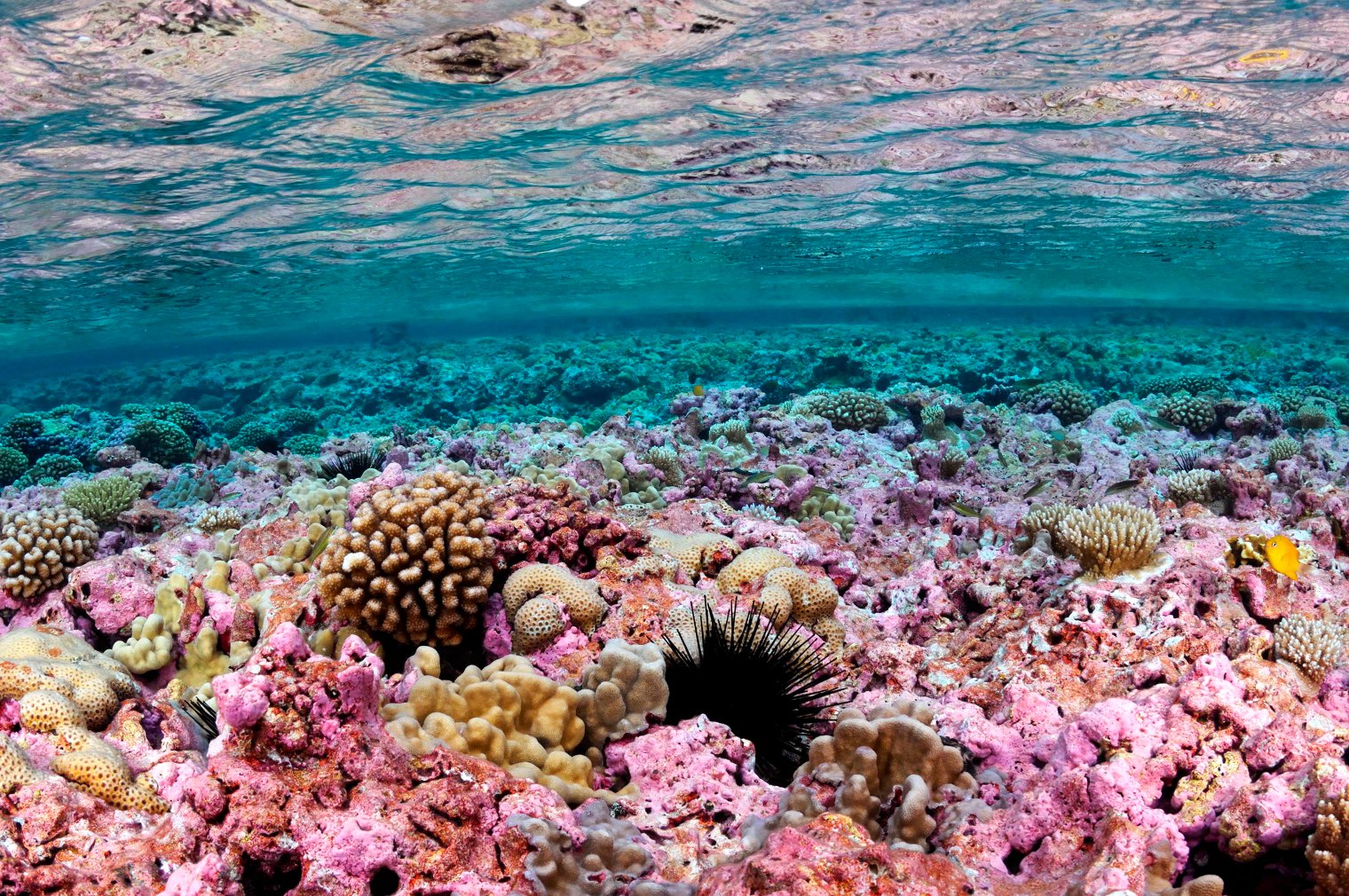 Pacific Remote Islands Marine. Brian J. Skerry—National Geographic/Getty Images
Pacific Remote Islands Marine. Brian J. Skerry—National Geographic/Getty Images
Just how big monuments should be is a matter of intense debate. Per the Antiquities Act, monuments must be the “smallest area compatible” with protecting the objects of interest. Critics say the act has been misused by Presidents to designate bigger areas than are necessary. Bears Ears, for one, is about as big as Delaware. “It’s the scope, the size, that gives people pause,” says Governor Herbert, who suggests that it could be two-thirds smaller.
U.S. Representative Rob Bishop, a Utah Republican and the head of the House’s Natural Resources Committee, agrees that some areas need protection, but he also says the current monument includes “a lot of different lands that are miles away from any of the artifacts.” He has pushed to manage Utah’s lands through legislation rather than “fiat.”
Native American tribes wanted Obama to designate a far larger area than he eventually did in December. Some argue that the whole plateau is sacred, not just the spots decorated by cliff dwellings and ancient rock art. Representatives from the Navajo Nation say the entire landscape figures into their story of creation, calling it “our holy land.”
Supporters of marine monuments have also made holistic arguments for protected areas twice the size of California. That may seem huge, but when the object of scientific interest is an ecosystem full of migratory fish and other species and plants, says Richmond, multimillion-acre sites are “totally defensible.”
There is legal precedent to back up that thinking. Lawmakers passed the Antiquities Act in response to people looting artifacts like pottery, but when a disgruntled miner sued over Roosevelt’s designation of the Grand Canyon, the Supreme Court affirmed his ability to set aside 818,000 acres that contained an eroded chasm “of unusual scientific interest.” Other courts have found that the President has broad authority to decide what deserves protection, be it an underground pool or an area dotted with fur-trapping trails and mineral deposits.
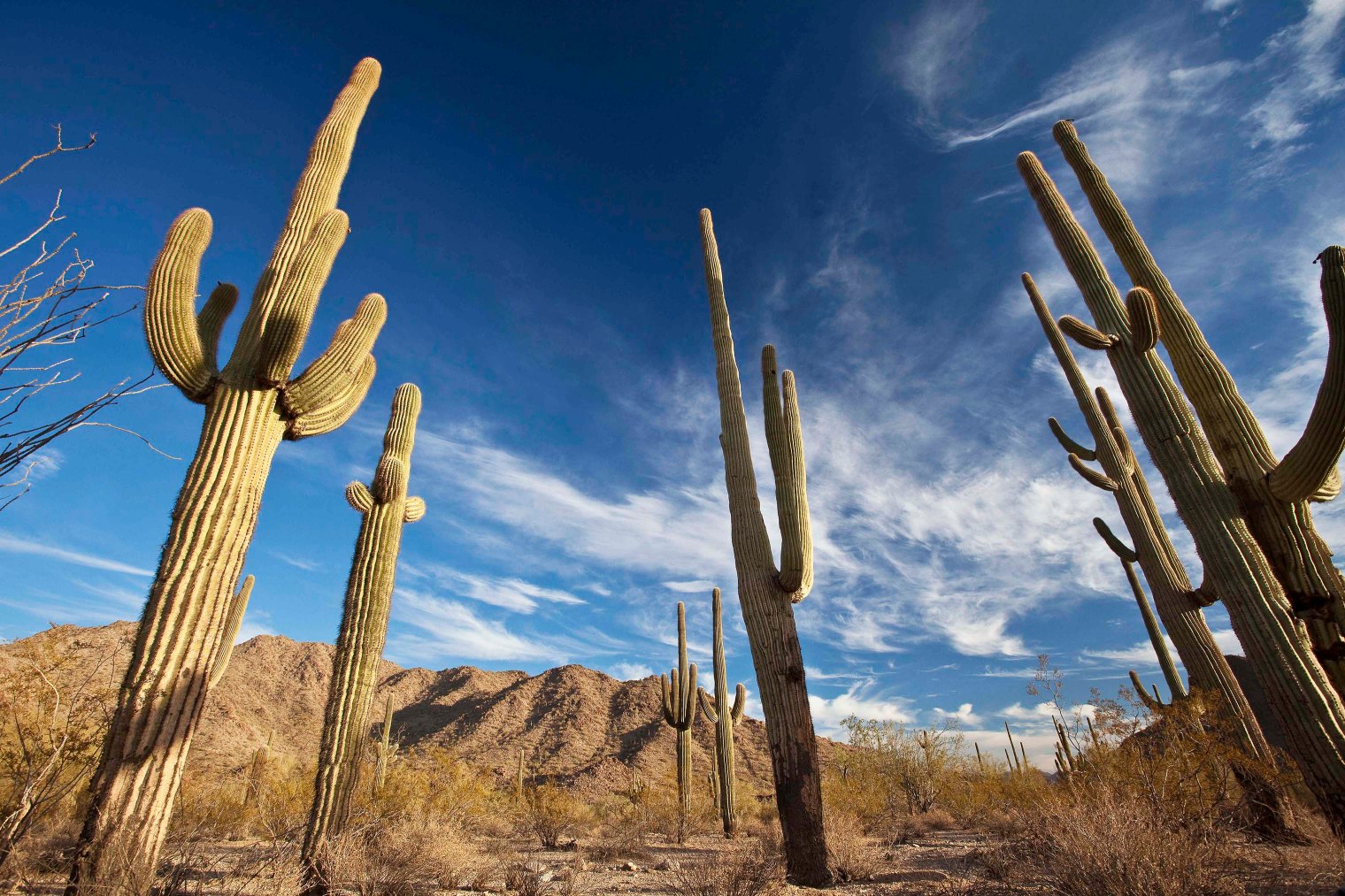 Sonoran Desert, Arizona. Bob Wick—Planet Pix/ZUMA/Newscom
Sonoran Desert, Arizona. Bob Wick—Planet Pix/ZUMA/Newscom
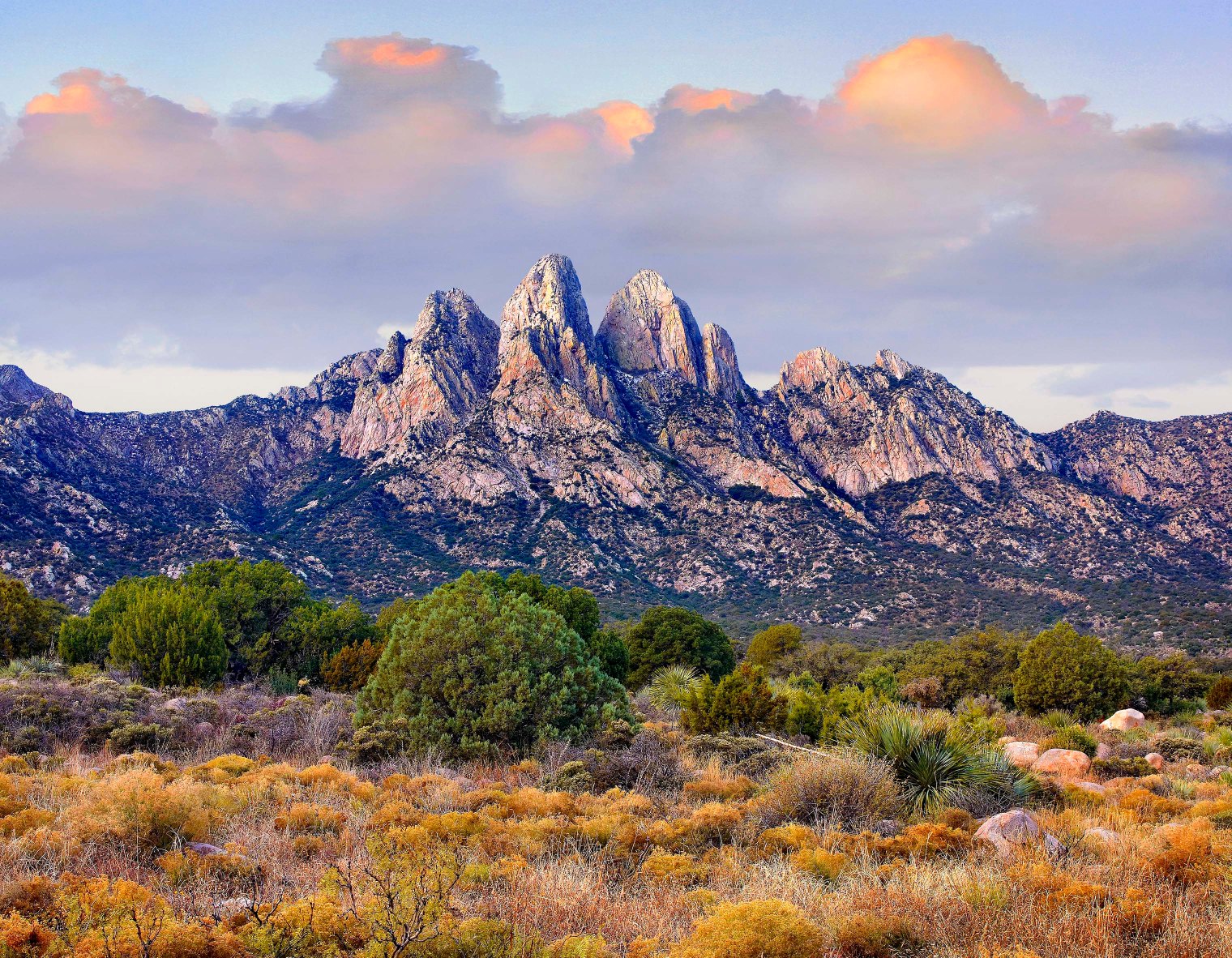 Organ Mountains, New Mexico. Tim Fitzharris —Minden Pictures/National Geographic
Organ Mountains, New Mexico. Tim Fitzharris —Minden Pictures/National Geographic
What has never been tested in court is a President’s ability to significantly shrink or abolish a monument, though some have made monuments smaller in the past. Some scholars argue that only Congress has such power, while others make the case that it is one of the Chief Executive’s many implied authorities. “The check on a President doing something can be Congress, but it can also be the next President,” says John Yoo, a law professor at the University of California, Berkeley School of Law.
Congress has clear authority to get rid of monuments, but over the past century, lawmakers have been more apt to turn them into national parks. Popular destinations such as the Grand Canyon, Acadia and Zion are among the parks that were once monuments. Some lawmakers would like to see the Antiquities Act -remade so that states and Congress get to sign off on such decisions. But defenders of the act say the park-loving public would revolt. “It’s kind of a third rail of public-land law,” says John Leshy, a law professor at the University of California, Hastings College of the Law, who believes that Trump does not have the power to unmake monuments.
Utah’s Bishop says he hasn’t tried to undo Bears Ears through Congress in part because the Senate “can’t get 60 votes to declare what day it is.” He argues that a law would give tribes clearer control over how the land is managed. Like the ranchers, some Native Americans worry about what the designation might mean for their access to the land down the line and have opposed it. Others note that Obama gave them an advisory role and are dubious of trading that for the promise that Congress might deliver more. In their view, the Antiquities Act exists precisely for Presidents to protect expanses like the one that covers southeastern Utah.
“If any land grab happened,” says Ethel Branch, attorney general for the Navajo Nation, “it was the grab that took those lands from us in the first place.”
This article was published Aug. 24, 2017